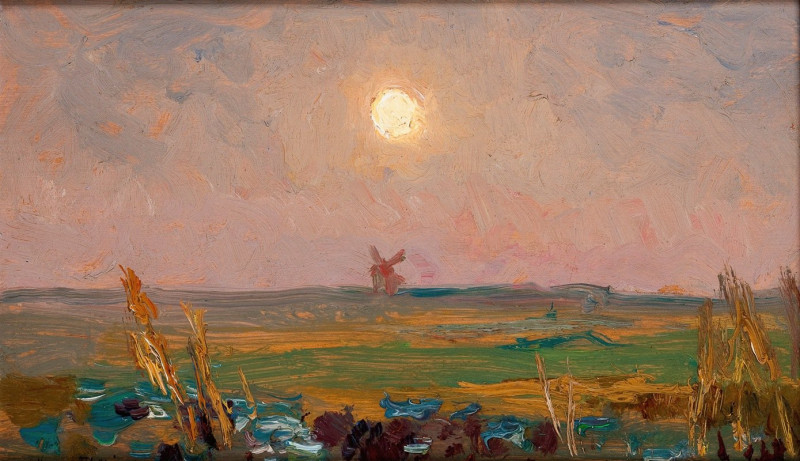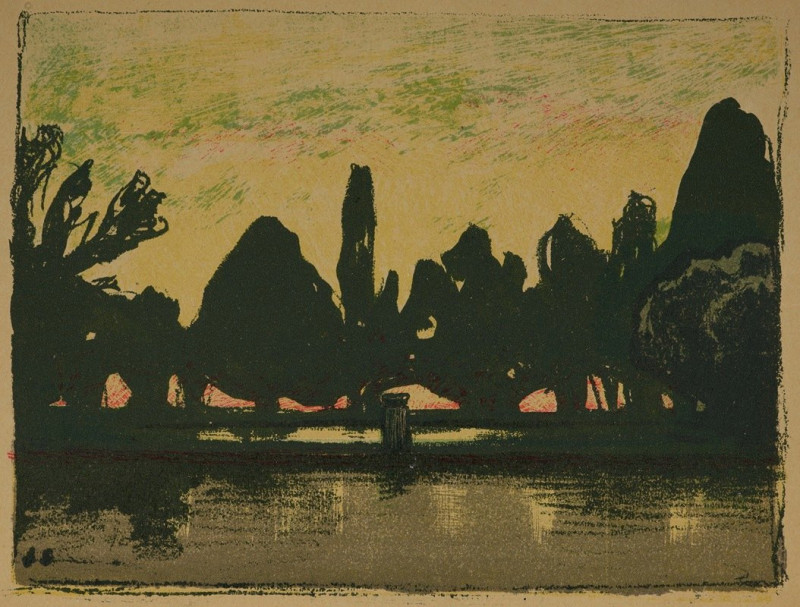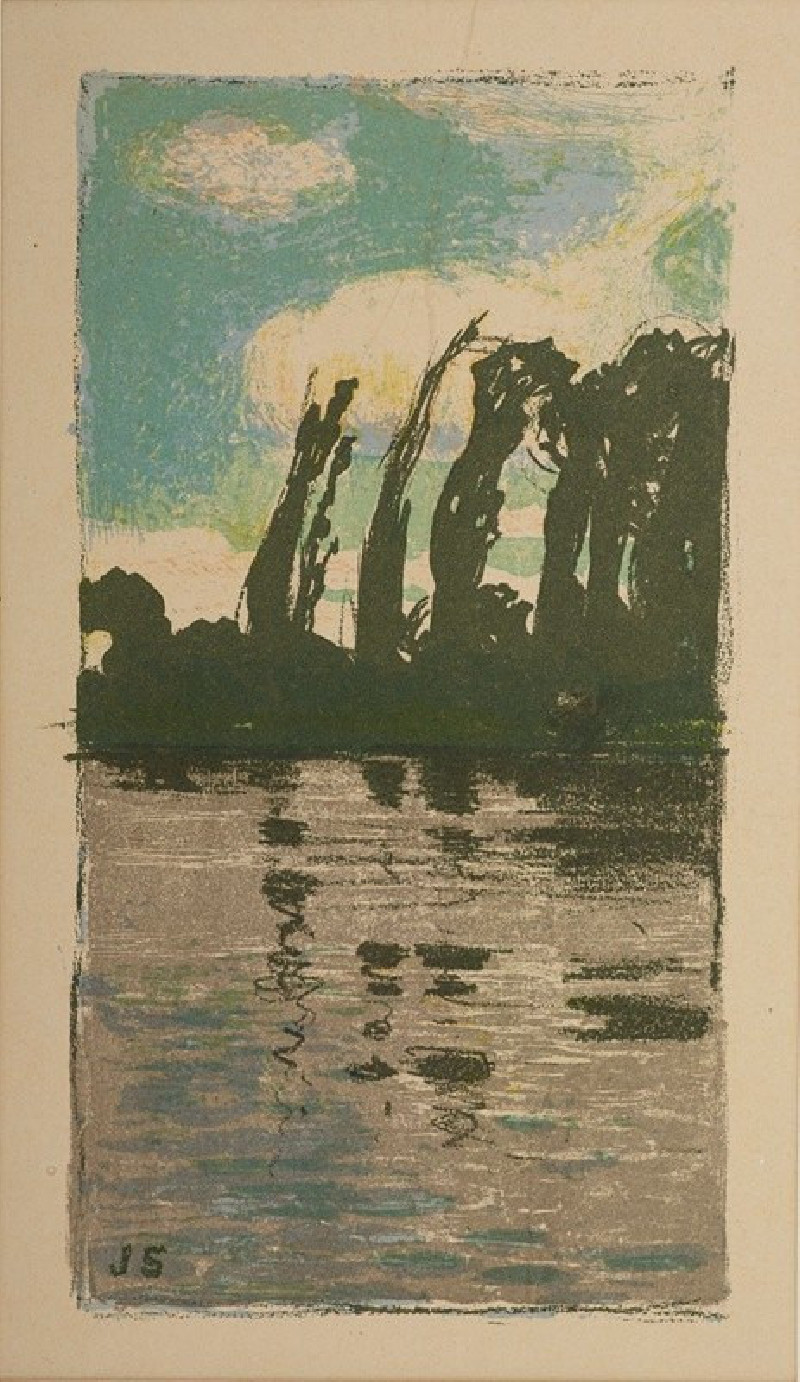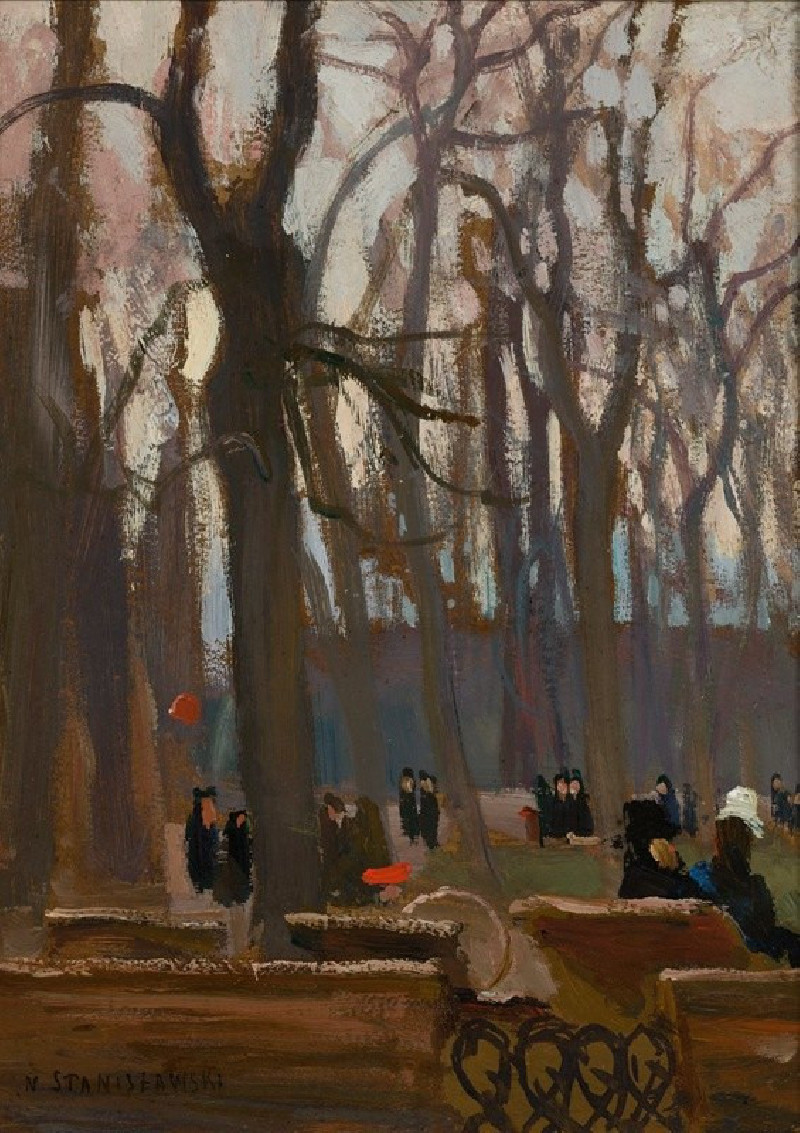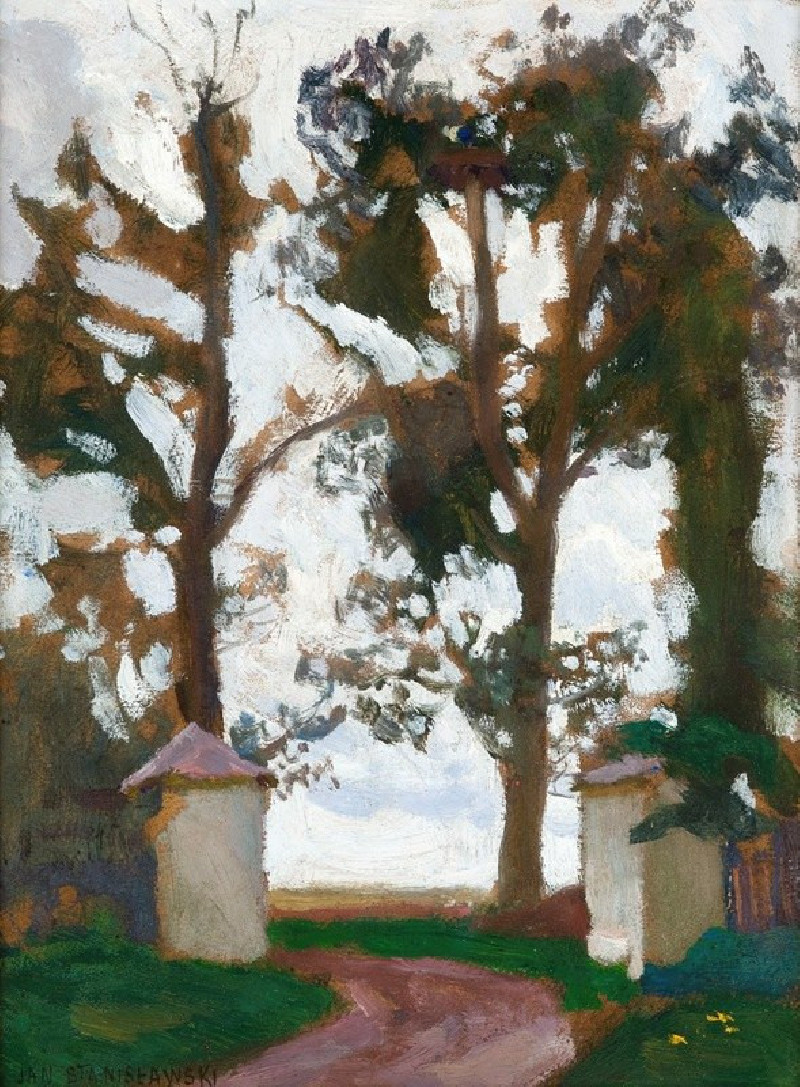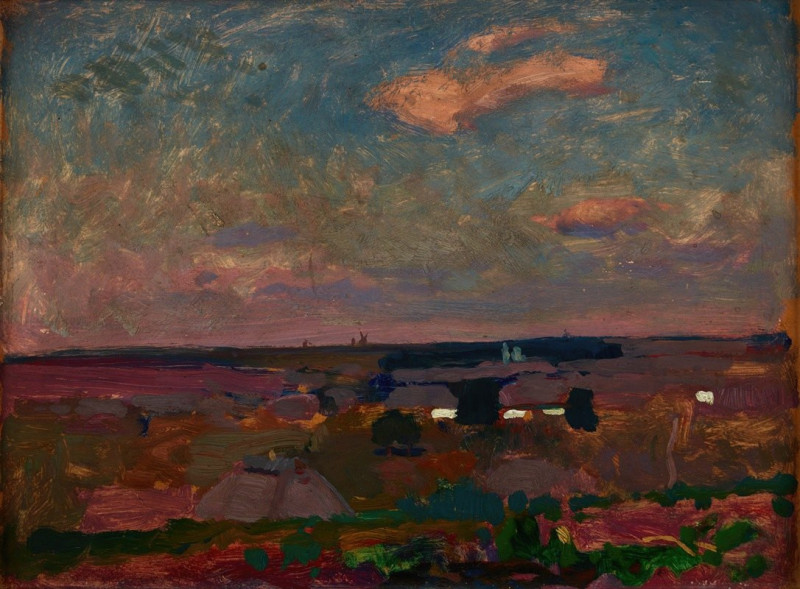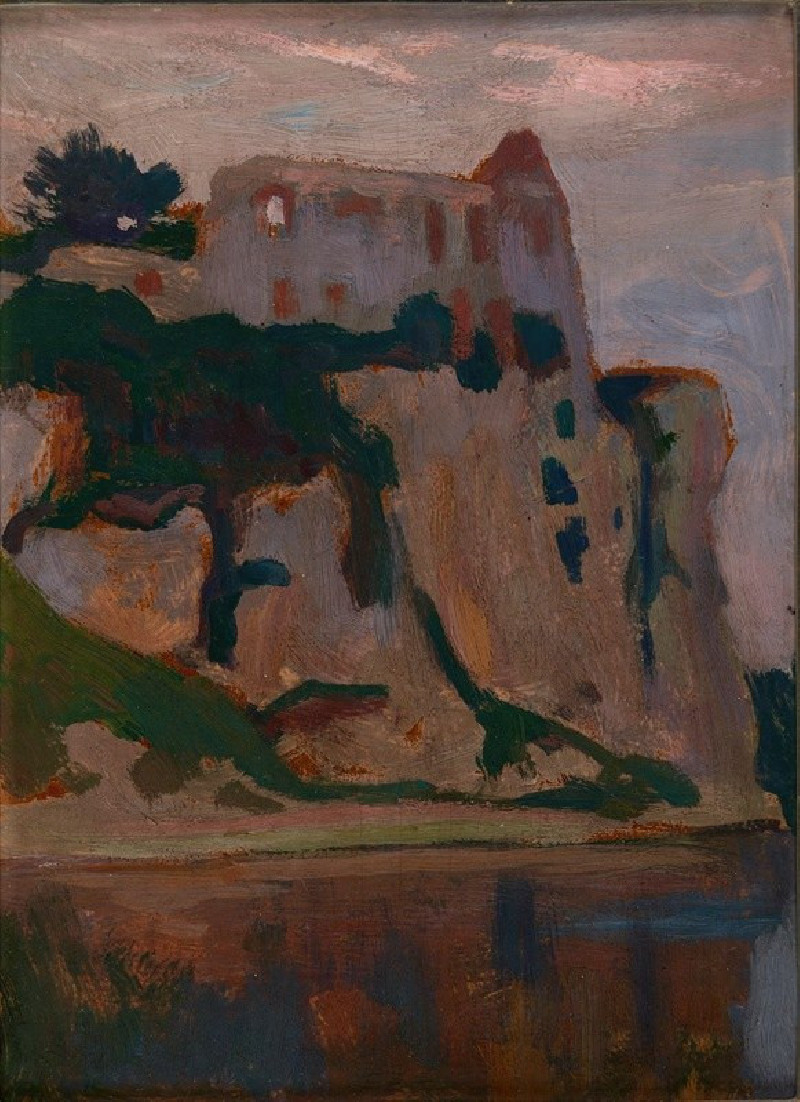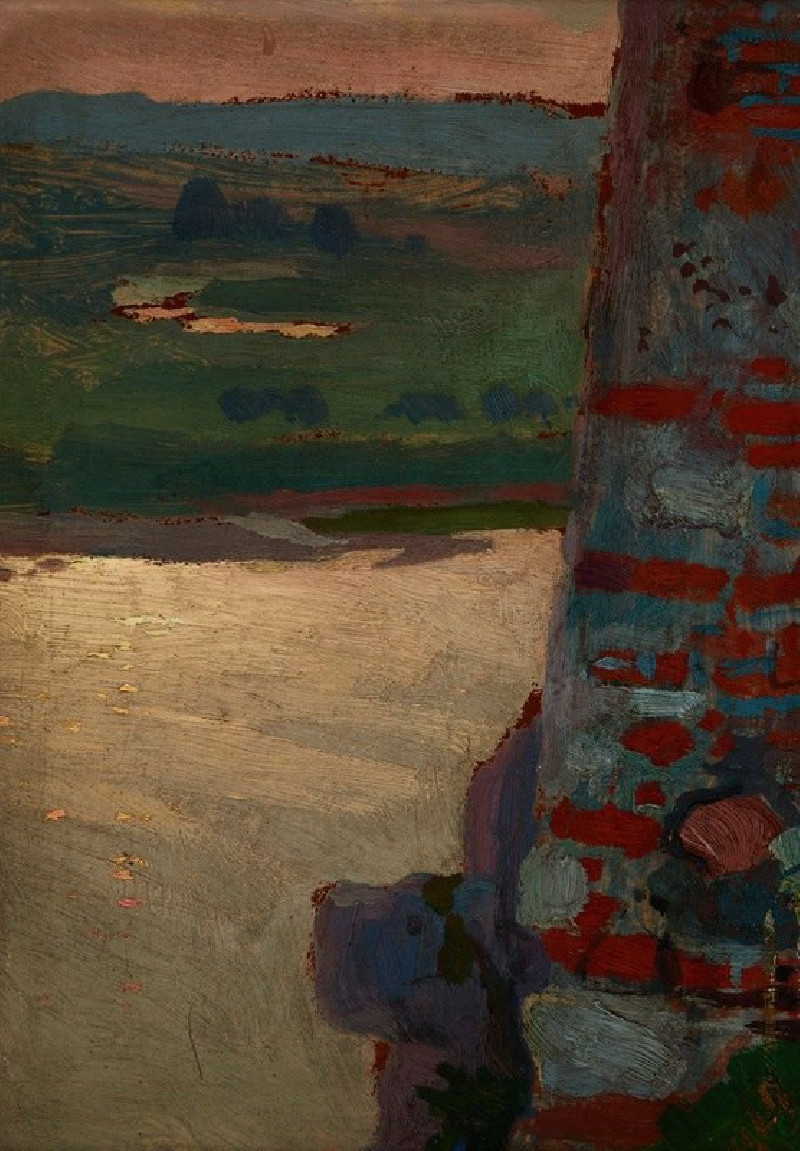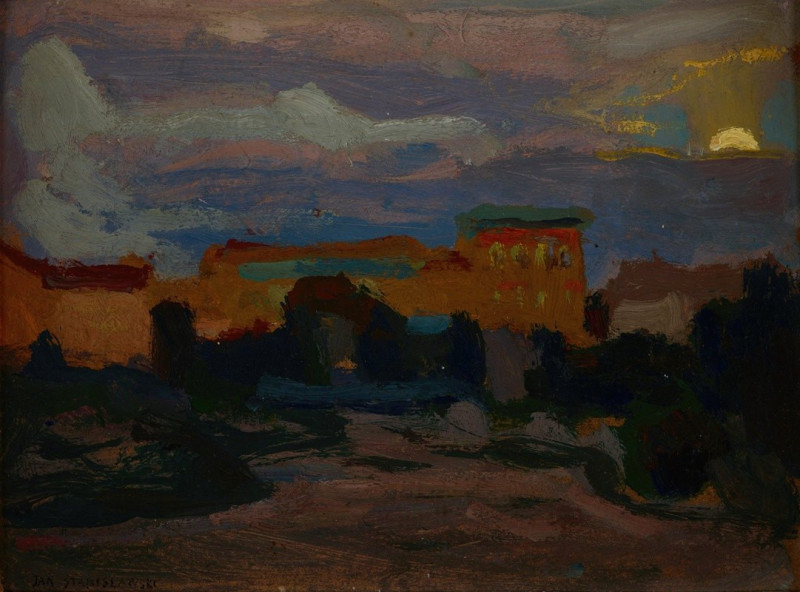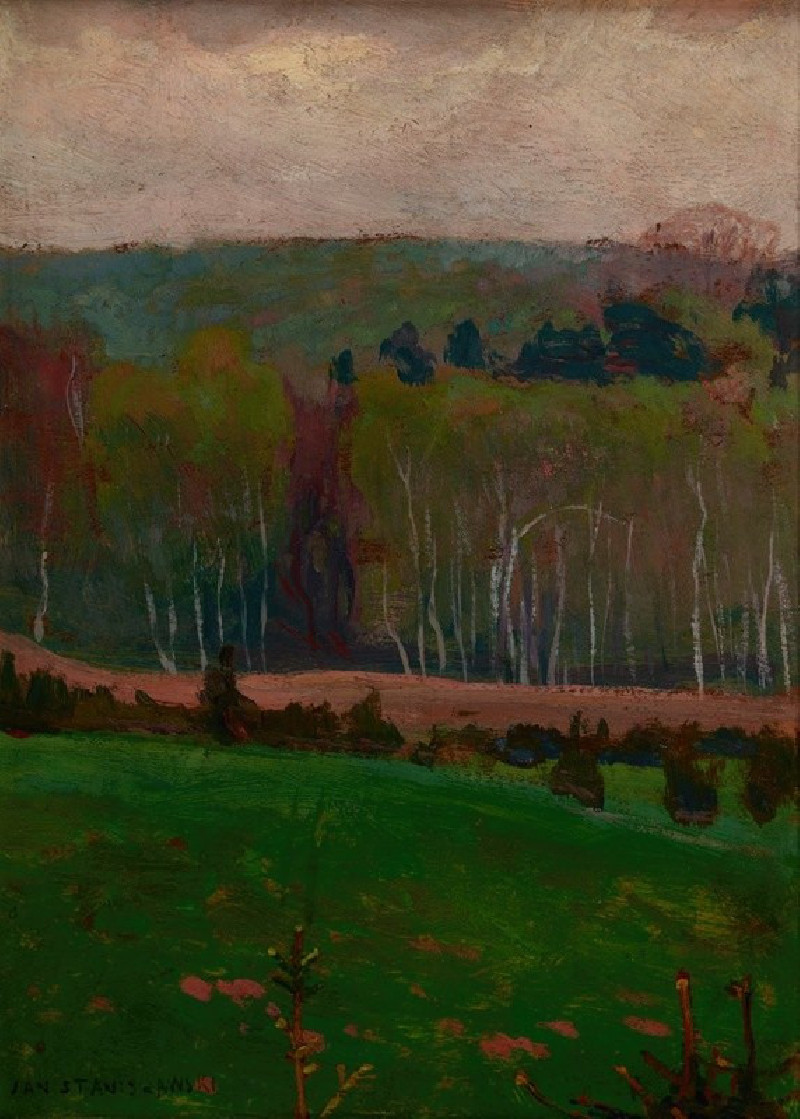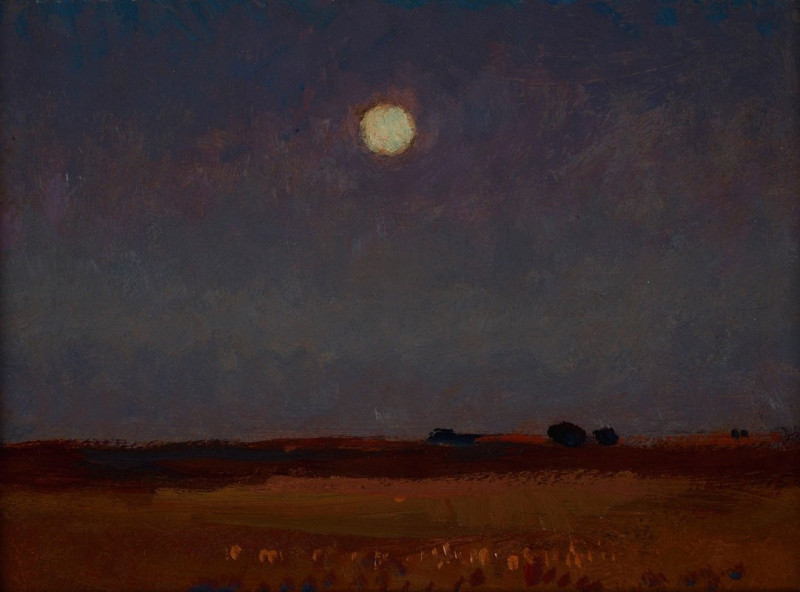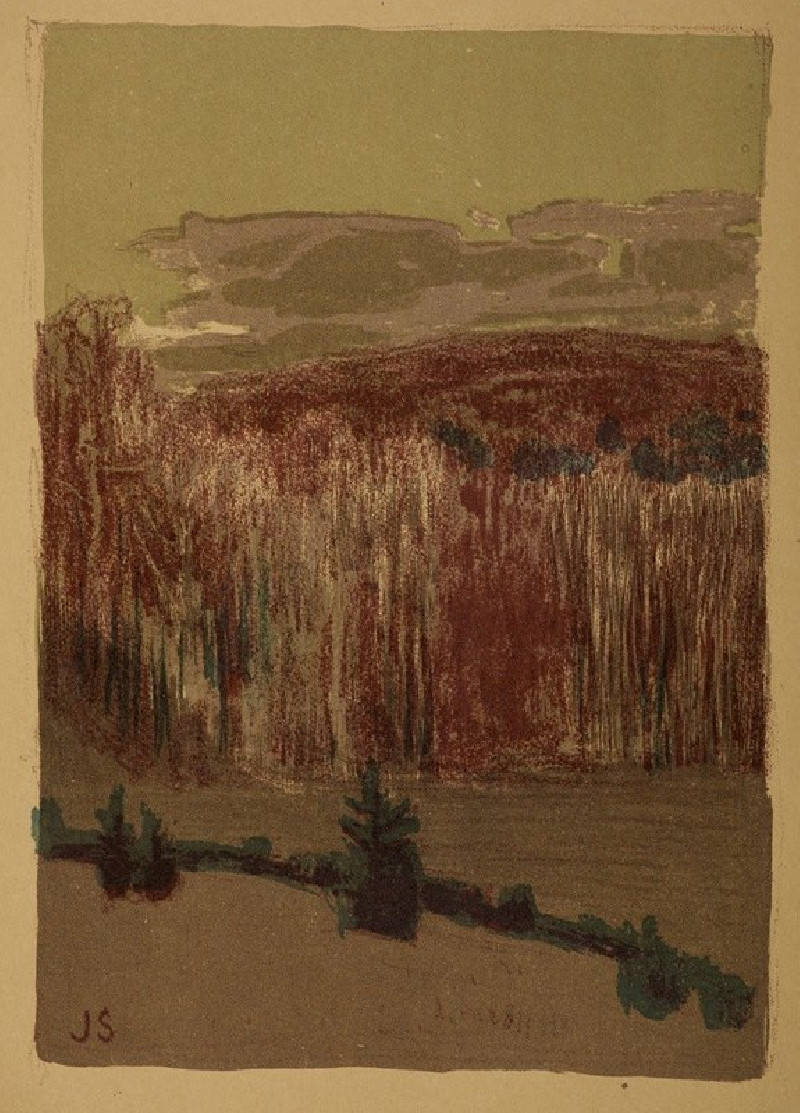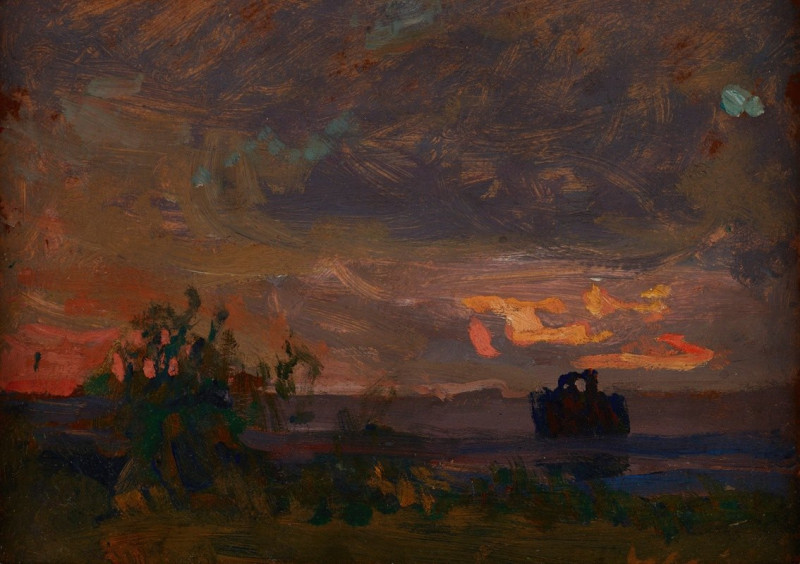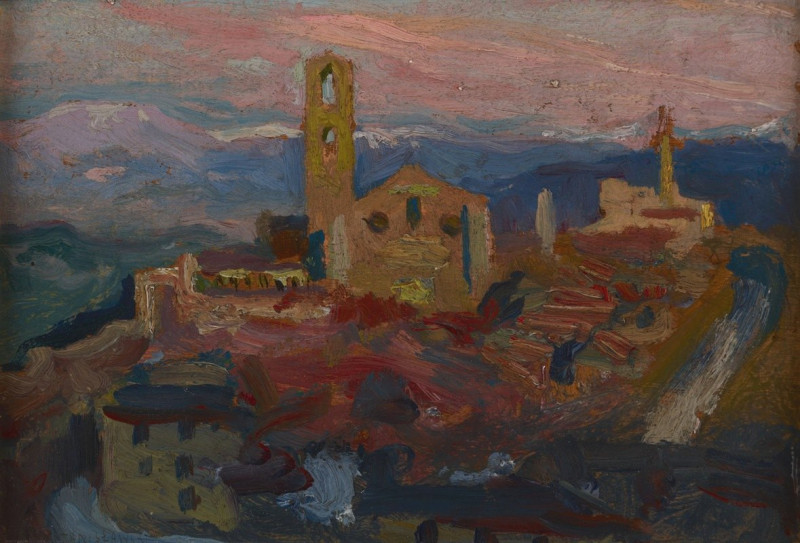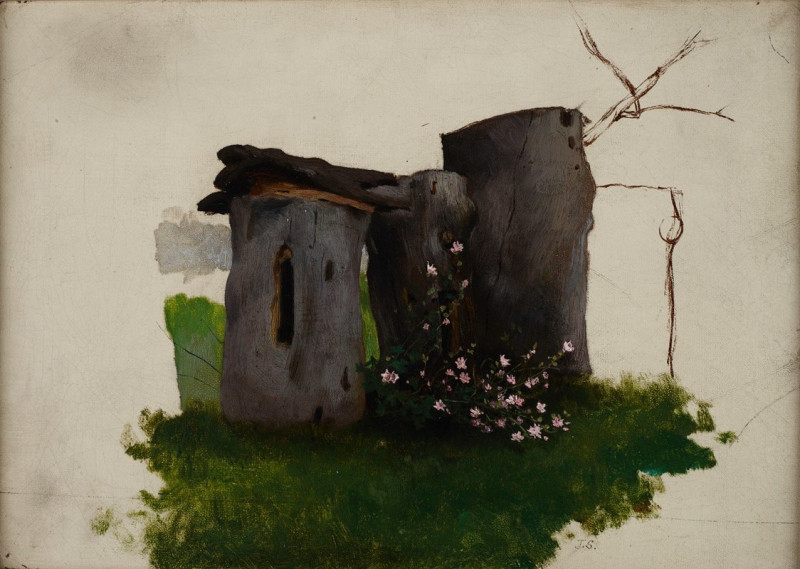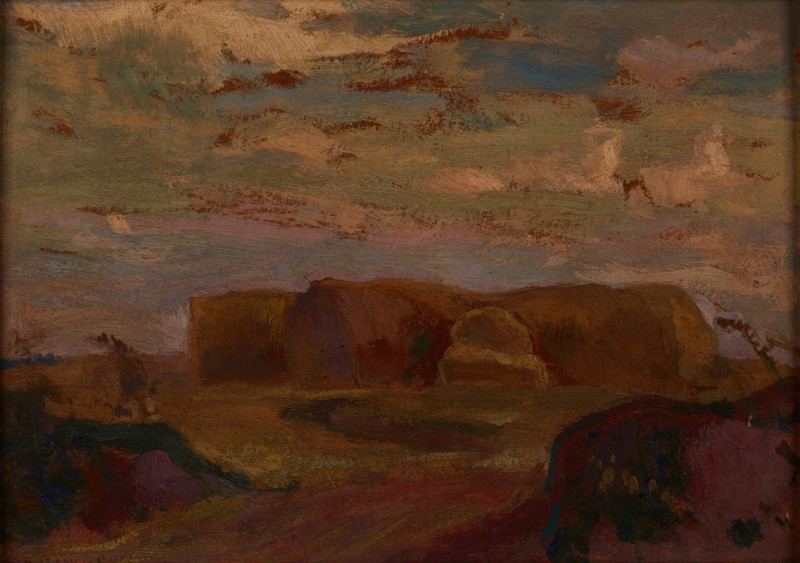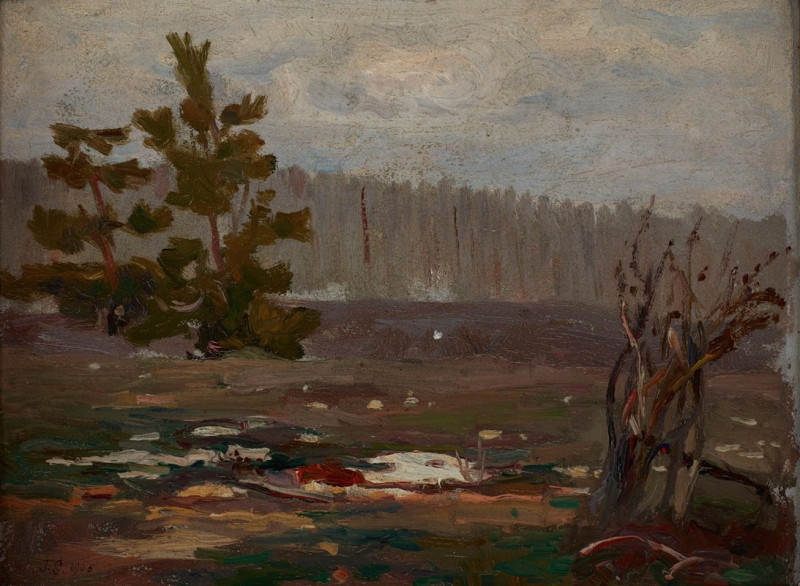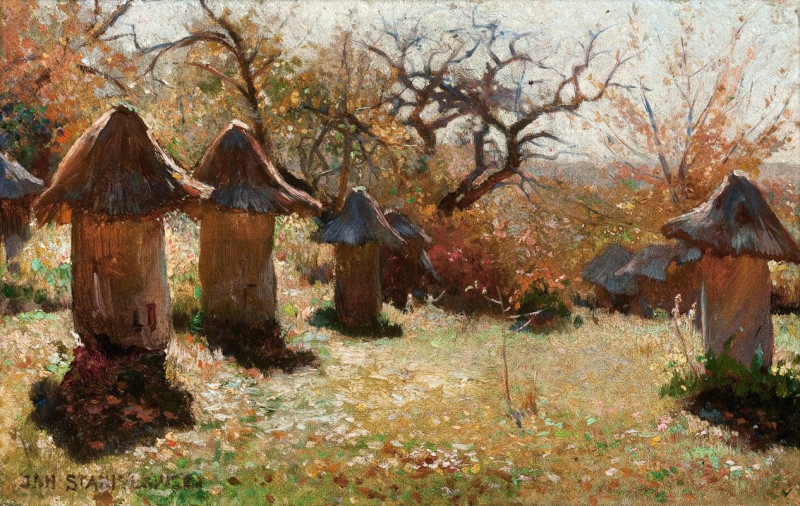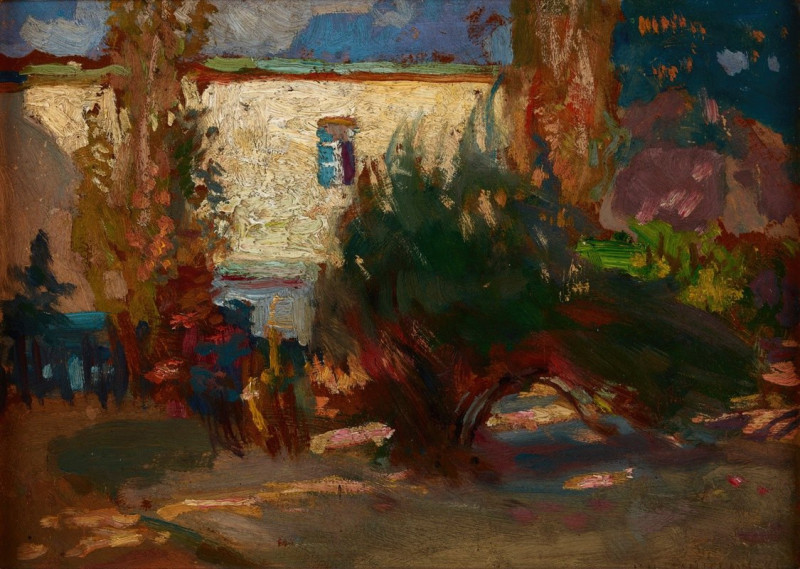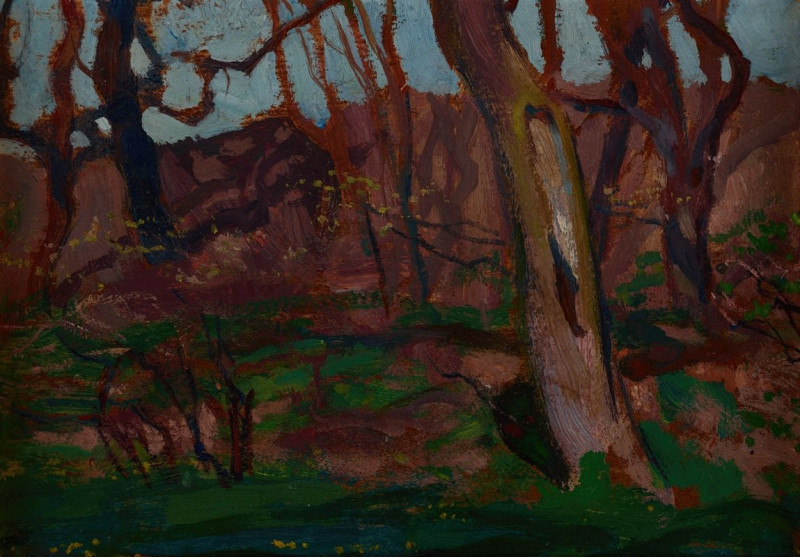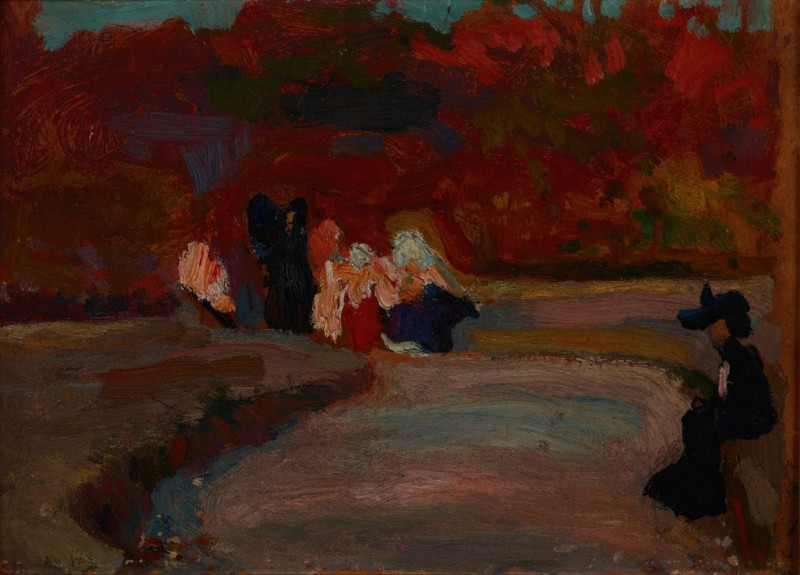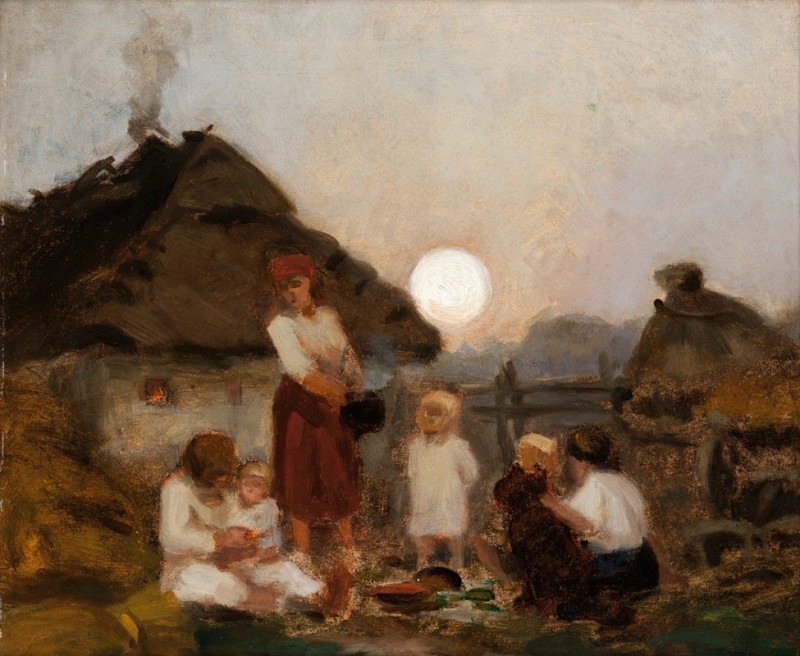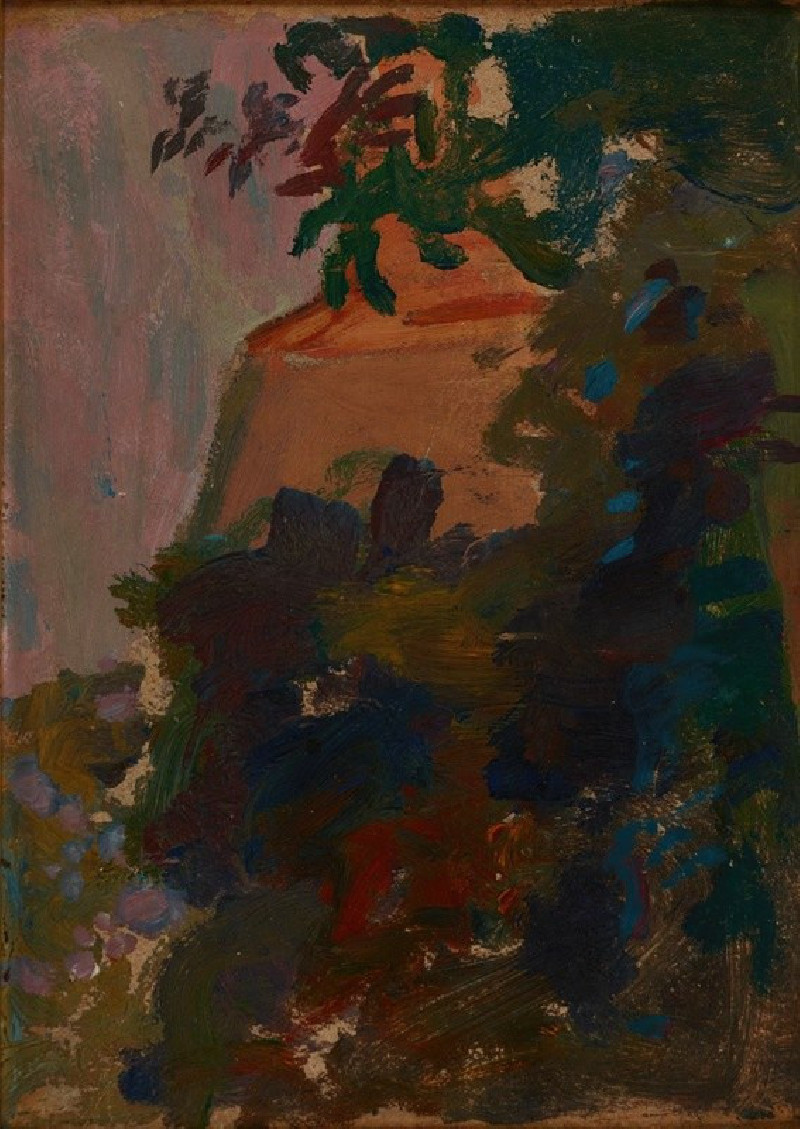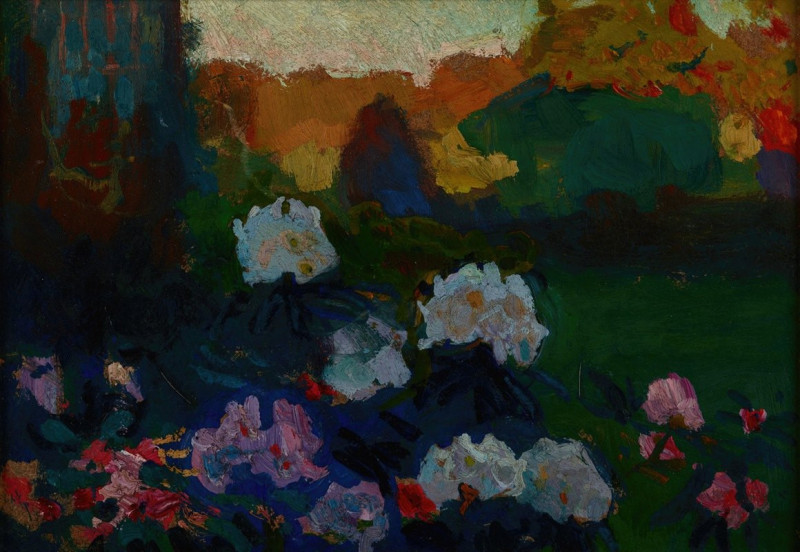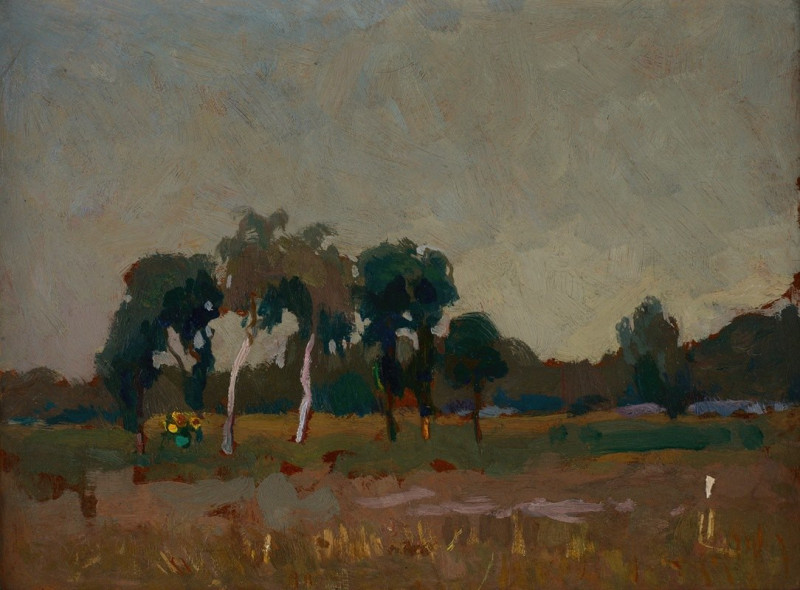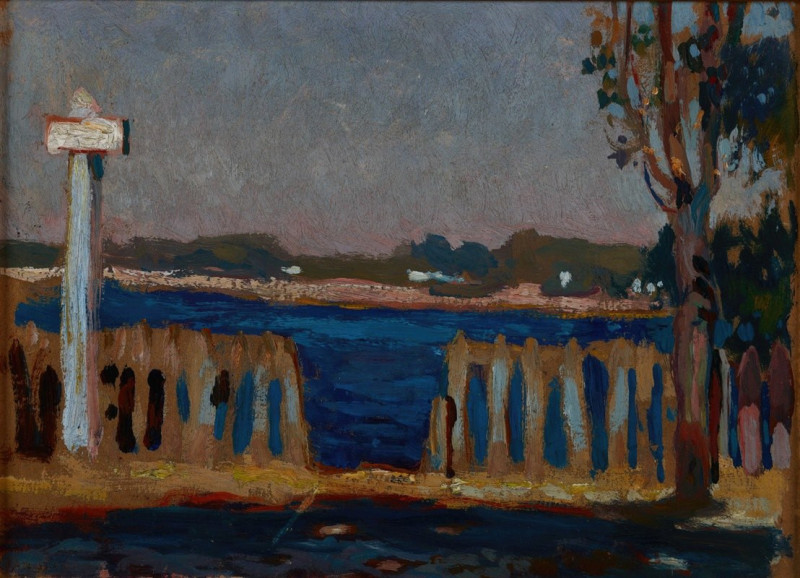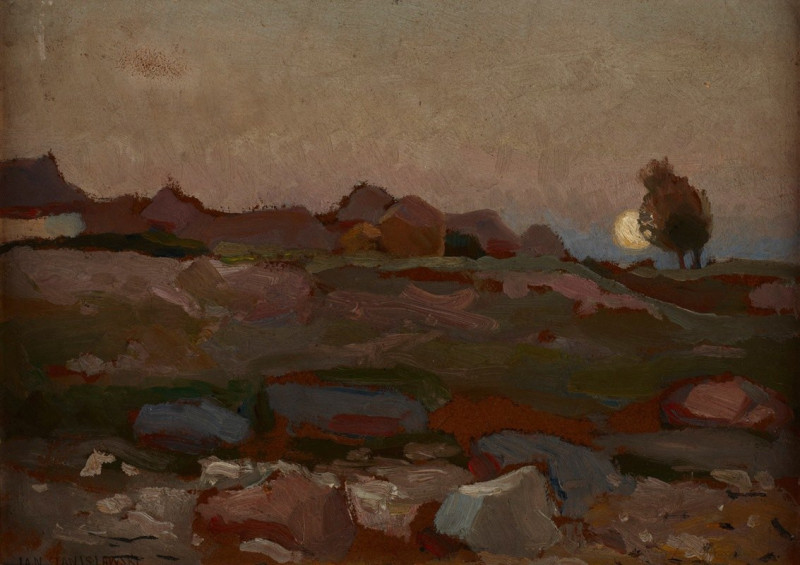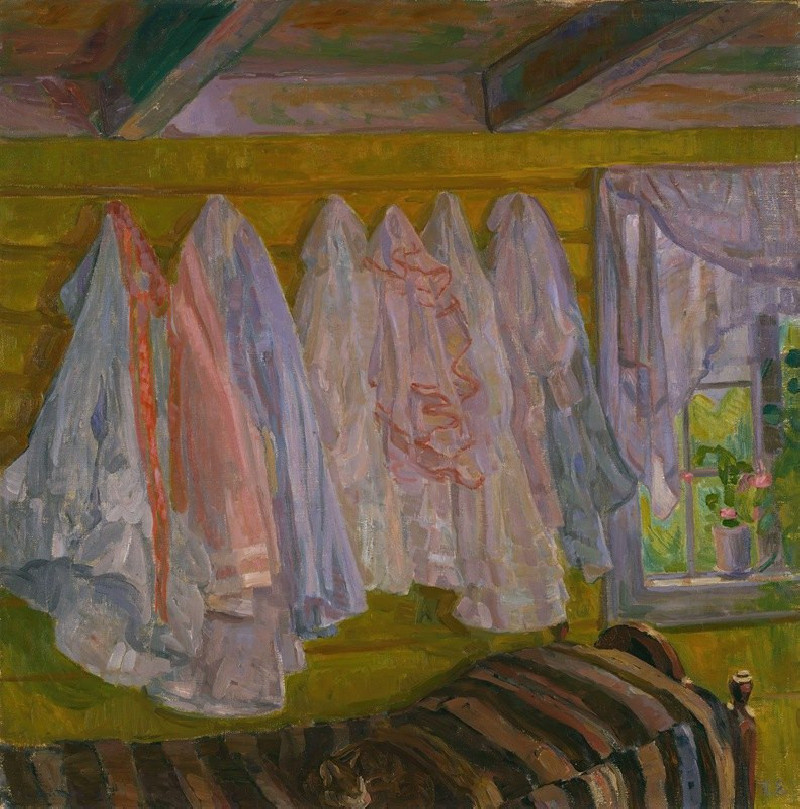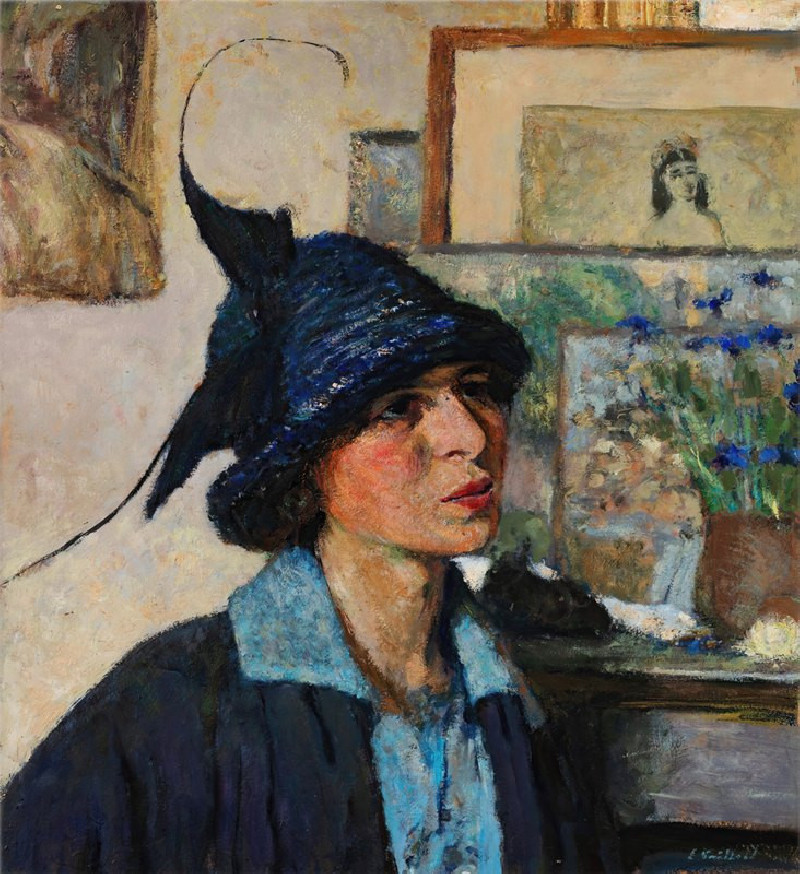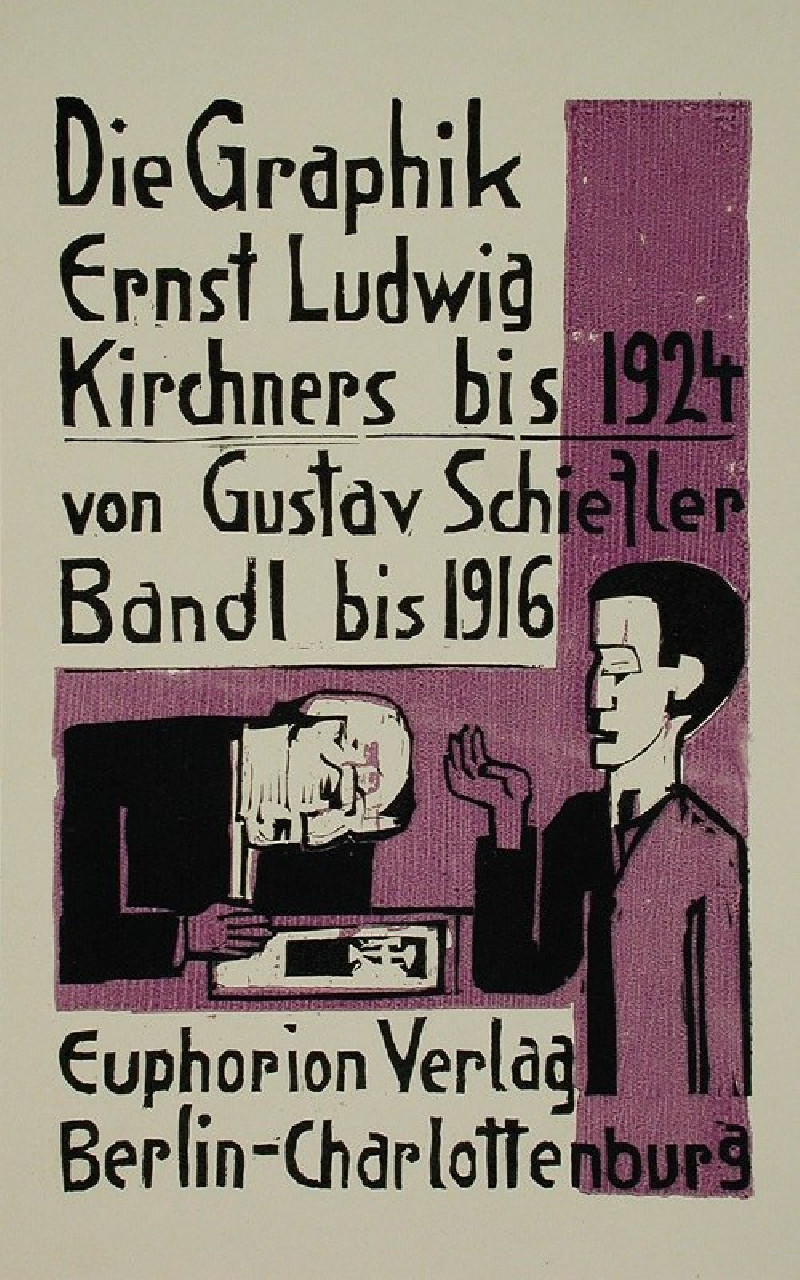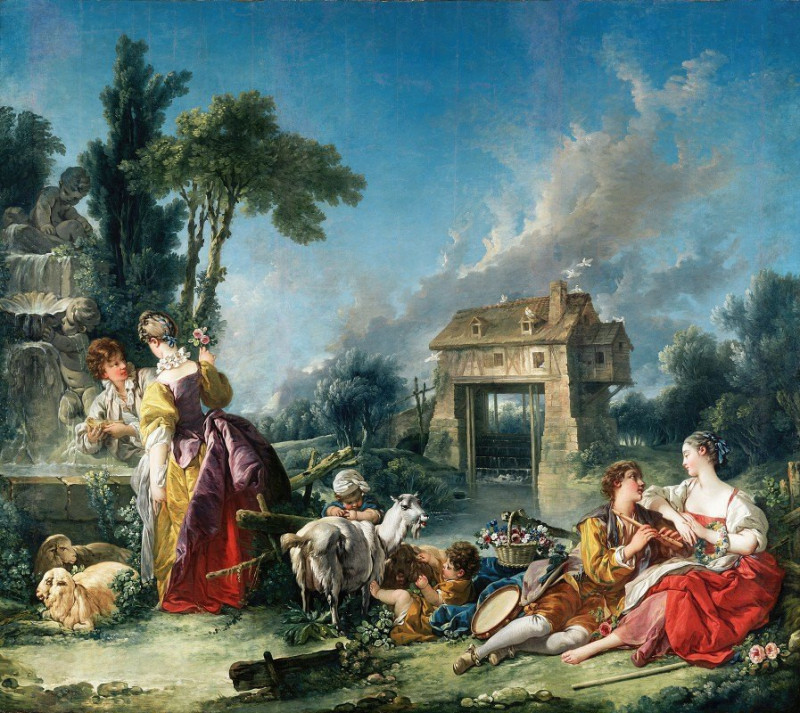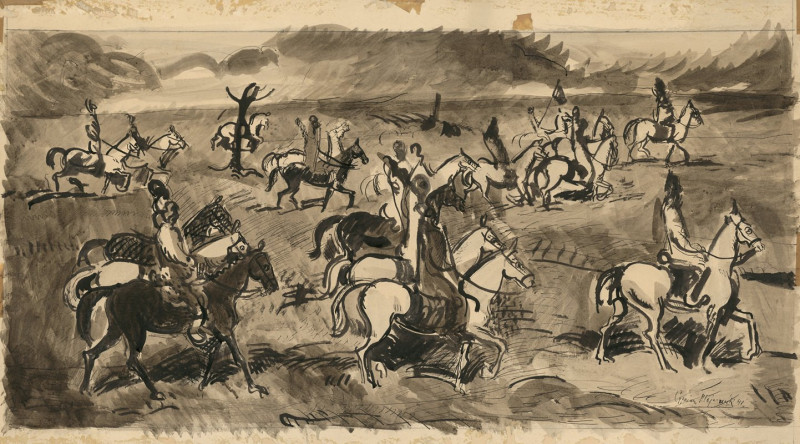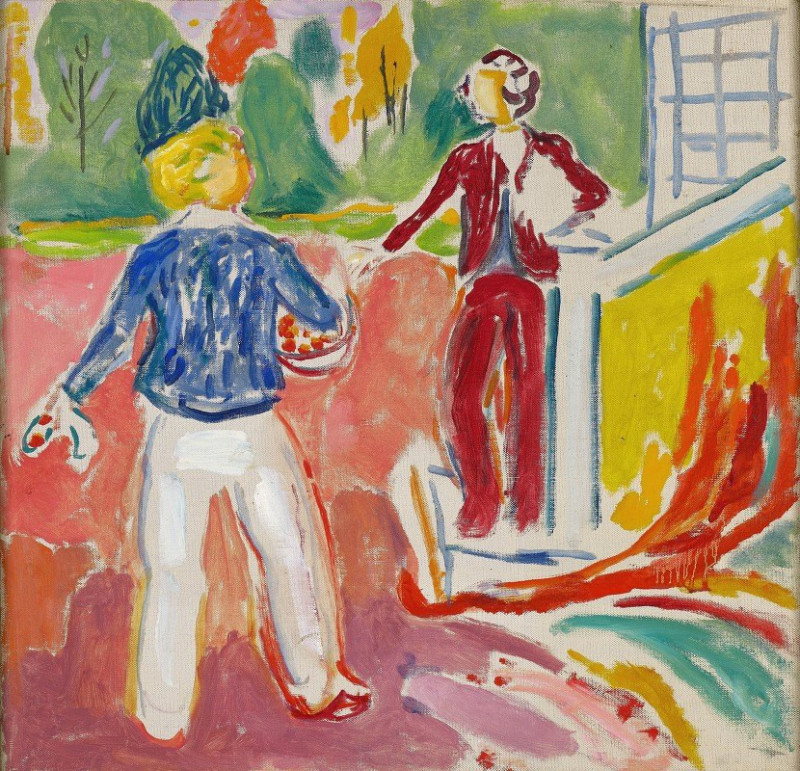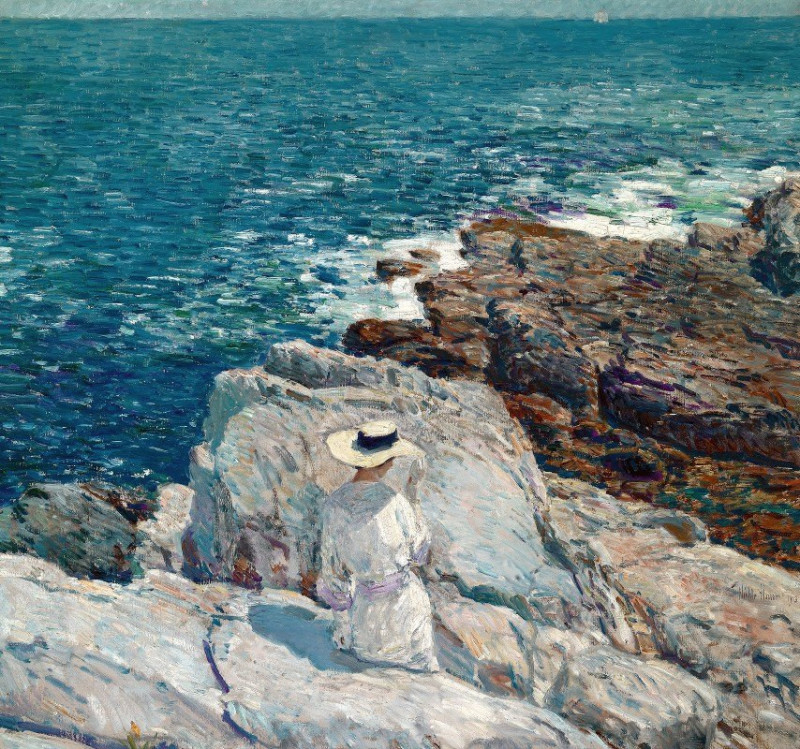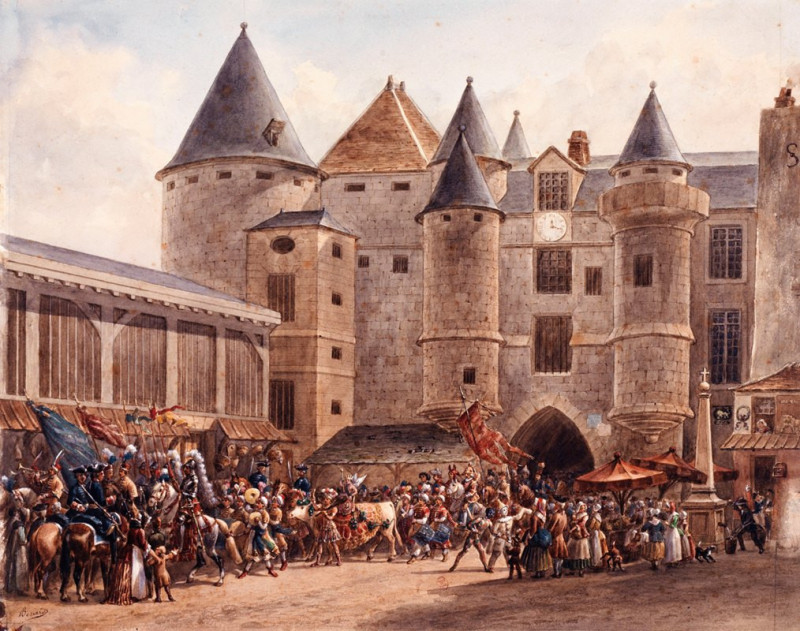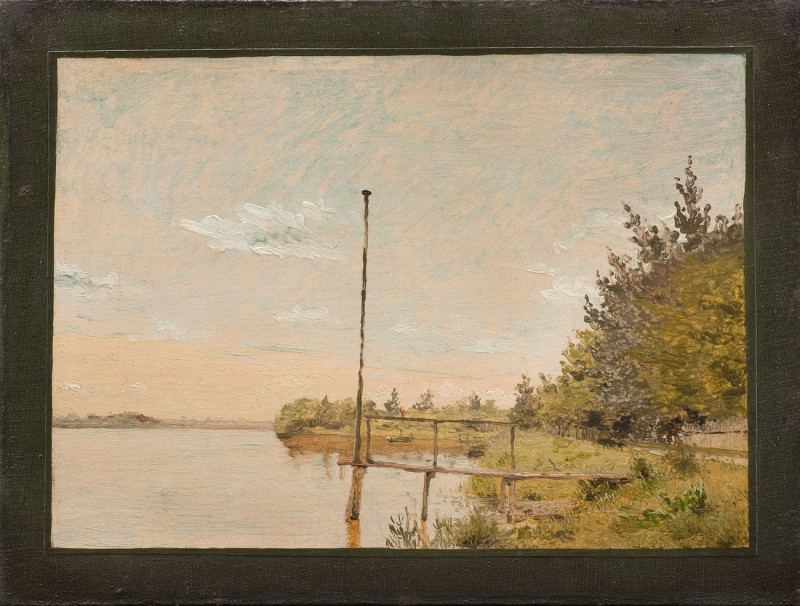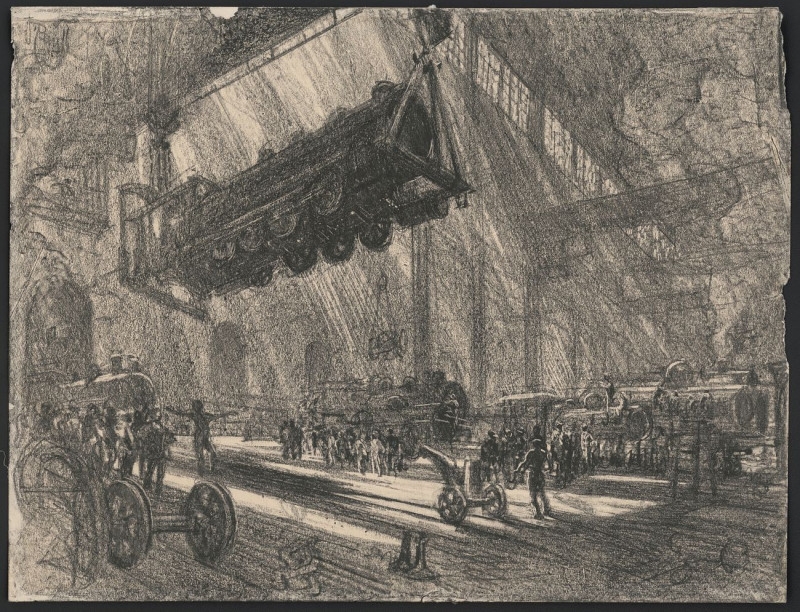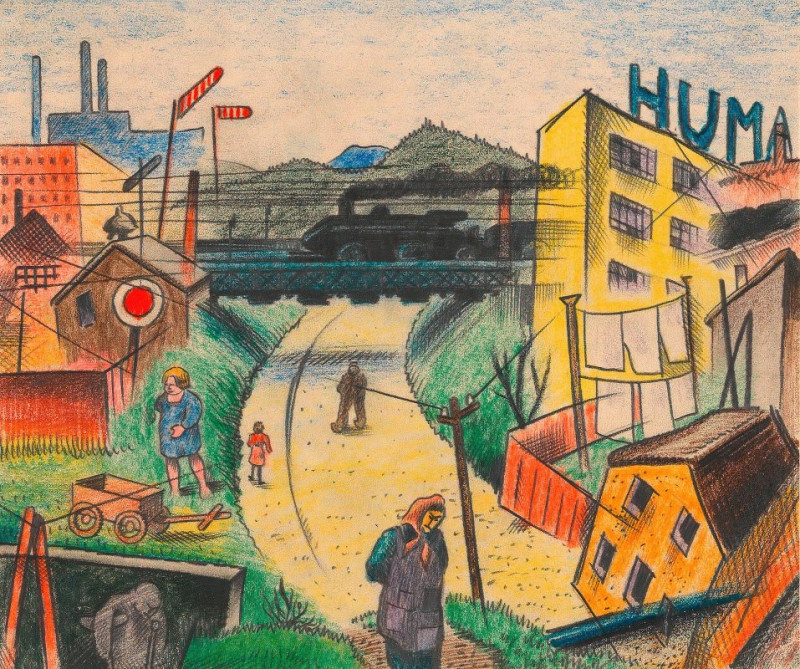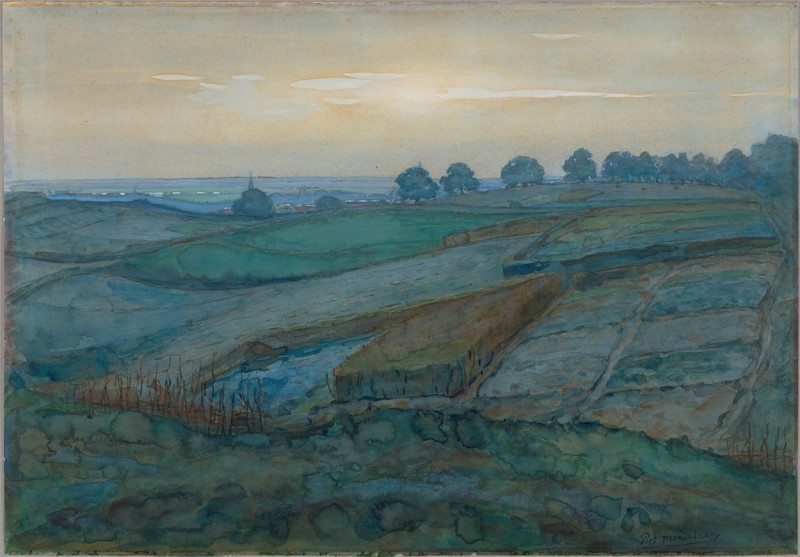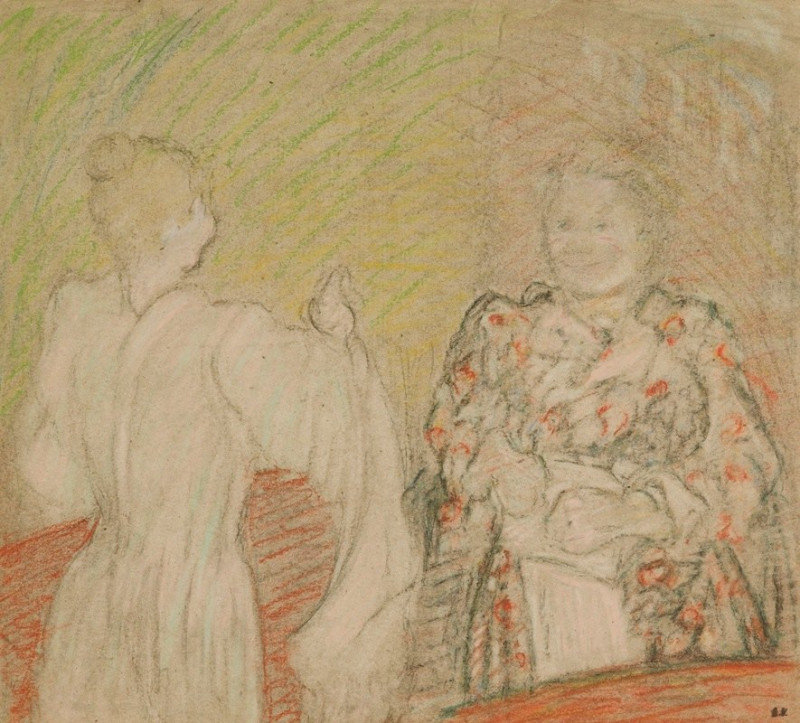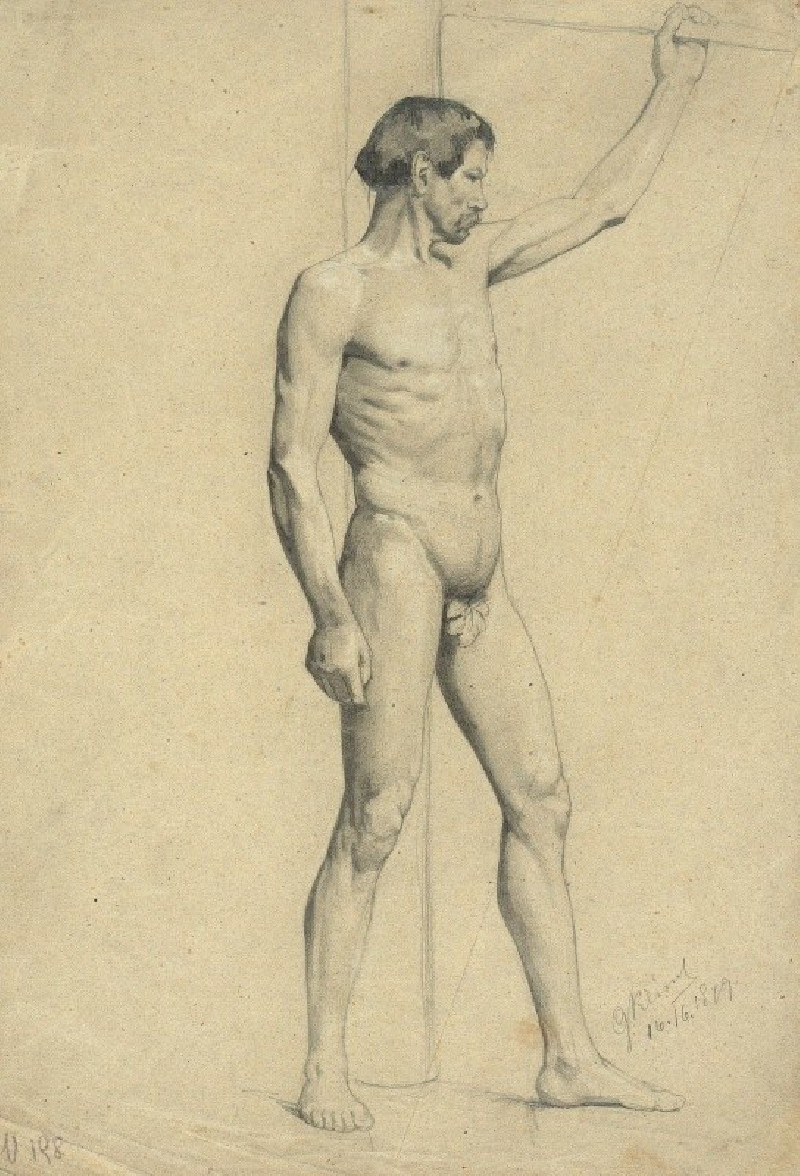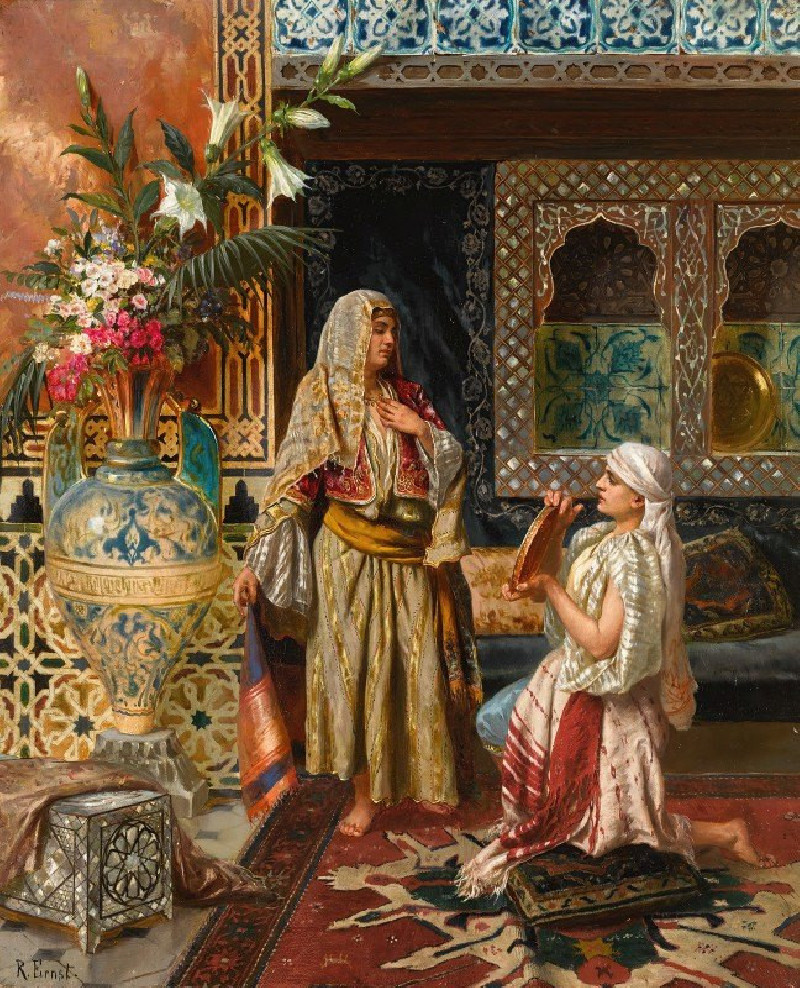Sun (1905)
Technique: Giclée quality print
Recommended by our customers
More about this artwork
Jan Stanisławski's captivating landscape painting "Sun" from 1905 exemplifies his mastery in rendering the natural play of light within a serene outdoors setting. The painting depicts a tranquil late afternoon where the sun, rendered with radiant and thick impasto, dominates the sky and infuses the scene with a warm, golden glow.The landscape beneath the brilliant sun reveals a minimalist yet expressive composition. Small patches of a rich blue suggest bodies of water, contrasting strikingly against the expansive green and yellow fields that mark a rural terrain. A solitary windmill, painted in vibrant reds and set in the distance, emerges as a focal point, adding a human element to the otherwise untouched natural vista.The sky, a canvas of soft pastels with strokes of pink and light blue, adds a dreamy and somewhat melancholic aura to the scene, suggesting the fleeting nature of daylight. The rough, textured brushstrokes throughout the composition imbue the painting with a dynamic sense of movement, almost as if the wind itself could be felt blowing through the scene.
Delivery
Reproductions are made to order and take 5 to 7 working days.
We send them out by courier and delivery takes another two working days.
If you need a reproduction sooner, please contact us - we can usually find a solution and produce it a little faster.
If you don't want to pay for postage, you can pick up your paintings at our galleries in Kaunas or Vilnius.
Returns
Yes, reproductions can be returned.
If you have any doubts more than 30 days after the date of purchase, please contact us - we will take the reproduction back for a refund or offer you a replacement!
We accept a maximum of two returns per customer - please note that we make reproductions to order, so please choose responsibly.
We do not refund shipping expenses.

